We already knew the up and coming photography focussed flagship Realme 8 Pro would feature a 108MP camera sensor. This inevitably had to be a Samsung sensor, however, they have a growing number of these sensors, and Realme has officially announced that the Realme 8 Pro will use the Samsung 108MP HM2.
Currently, Samsung now has four 108MP ISOCELL sensors. The original ISOCELL HM1 launched with the S20 series, and this was quickly followed by the almost identical ISOCELL HMX used by Xiaomi on their flagship devices and also the Motorola Edge+.
The main thing that differentiates these two is that the HMX uses Tetracell, which is basically the pixel binning most phones do. The Quad Bayer chroma technology features a repeating 4×4 pattern with 4 red, 8 green and 4 blue pixels.
Samsung ISOCELL HM1 vs HMX
The HM1 used on the Samsung phones used Nonacell, but this uses 3×3 groups and a 6×6 pattern with 9 red, 18 green and 9 blue pixels.
Both these sensors have the same 12.03 mm sensor size with a 0.8 μm pixel size.
The HMX has a very slightly different video and photo resolution too.
Samsung ISOCELL HM2 vs HM3
The ISOCELL HM2 which was announced in September 2020. This is already used on the Xiaomi Mi 10i, Redmi Note 9 Pro 5G and the Redmi K40 Pro+, which should launch as the Poco F3.
This appears to be a slightly downgraded version of the other options; the sensor size drops down to 1/1.52″, giving a pixel size of 0.7 μm, 12.5% smaller than the other options.
This years Xiaomi Mi 11 didn’t upgrade its sensor, so it still uses the same HMX used on the Mi 10.
However, Samsung did upgrade the sensor for their Samsung Galaxy S21 Ultra, giving it the ISOCELL HM3. It looks like the main benefit this has is increased colour depth with single-frame HDR.
The Realme 8 Pro will likely be significantly cheaper than the Xiaomi Mi 11, and certainly the S21 Ultra. So even if the sensor isn’t quite as good, it is still very impressive.
Of course, there is only so much a sensor can do. A lot of image quality comes down to the software processing. So we will have to wait and see how good the phone is when it gets launched.
Samsung 108MP ISOCELL Comparison
| Model number | Resolution | Color depth(bits) | Sensor size | Pixel size | Pixel type | Chroma | Used On |
| ISOCELL HM3[6] | Photo: 12000 x 9000 108MP Video: 7680 x 4320 @ 30 fps |
12 | 12.03 mm (~1/1.33”) | 0.8 μm | ISOCELL Plus | Nonacell | Samsung Galaxy S21 Ultra |
| ISOCELL HM2[7] | Photo: 12000 x 9000 108MP Video: 7680 x 4320 @ 24 fps |
10 | (~1/1.52″) | 0.7 μm | ISOCELL Plus | Nonacell | Realme 8 Pro Xiaomi Redmi K40 Pro+ Xiaomi Mi 10i |
| ISOCELL HM1 (S5KHM1)[9] | Photo: 12000 x 9000 108MP Video: 7680 x 4320 @ 24 fps |
10 | 12.03 mm (~1/1.33”) | 0.8 μm | ISOCELL Plus | Nonacell | Samsung Galaxy S20 Ultra Note 20 Ultra |
| ISOCELL HMX (S5KHMX)[10] | Photo: 12032 x 9024 108MP Video: 6016 x 3384 @ 30 fps |
10 | 12.03 mm (~1/1.33”) | 0.8 μm | ISOCELL Plus | Tetracell | Xiaomi Mi 10 series Xiaomi Mi 11 Motorola Edge+ |
Details from the press announcement
Key features of the new realme 8 series:
- The Samsung 108MP sensor HM2 featuring 12000 x 9000 pixels and a large sensor size of 1/1.52″
- The larger single-pixel size ensures superior image quality and the HM2 also supports 9-in-1 pixel binning, ISOCELL Plus and Smart-ISO
- New In-sensor Zoom technology delivering higher clarity photography
- The world’s first tilt-shift time-lapse video on smartphone
- Starry time-lapse video that can show the changing universe at 480 times faster speed
- Three new portrait filters including Neon Portrait, Dynamic Bokeh Portrait and AI Colour Portrait to keep portraits fresh and trendy
The realme 8 Pro adopts the latest generation of Samsung 108MP sensor HM2 as the primary camera, featuring 12000 x 9000 pixels and a large sensor size of 1/1.52″. The larger single-pixel size ensures superior image quality and the HM2 also supports 9-in-1 pixel binning, ISOCELL Plus and Smart-ISO, which enable realme devices to take high-quality images in more light conditions.
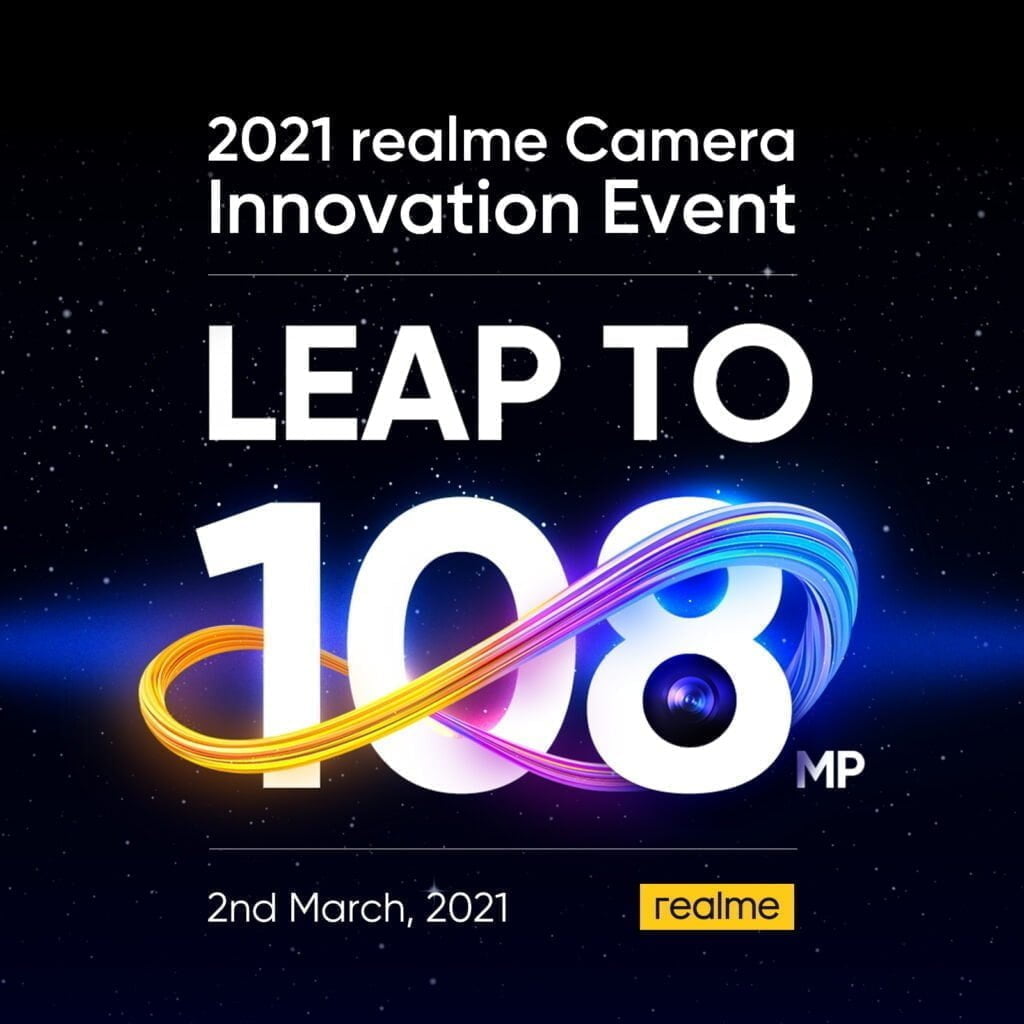
Photos taken using the 108MP in the realme 8 Pro have a well-balanced overall exposure with vivid colours and sharp details in both light and dark areas. Even after zooming in, details remain clear.
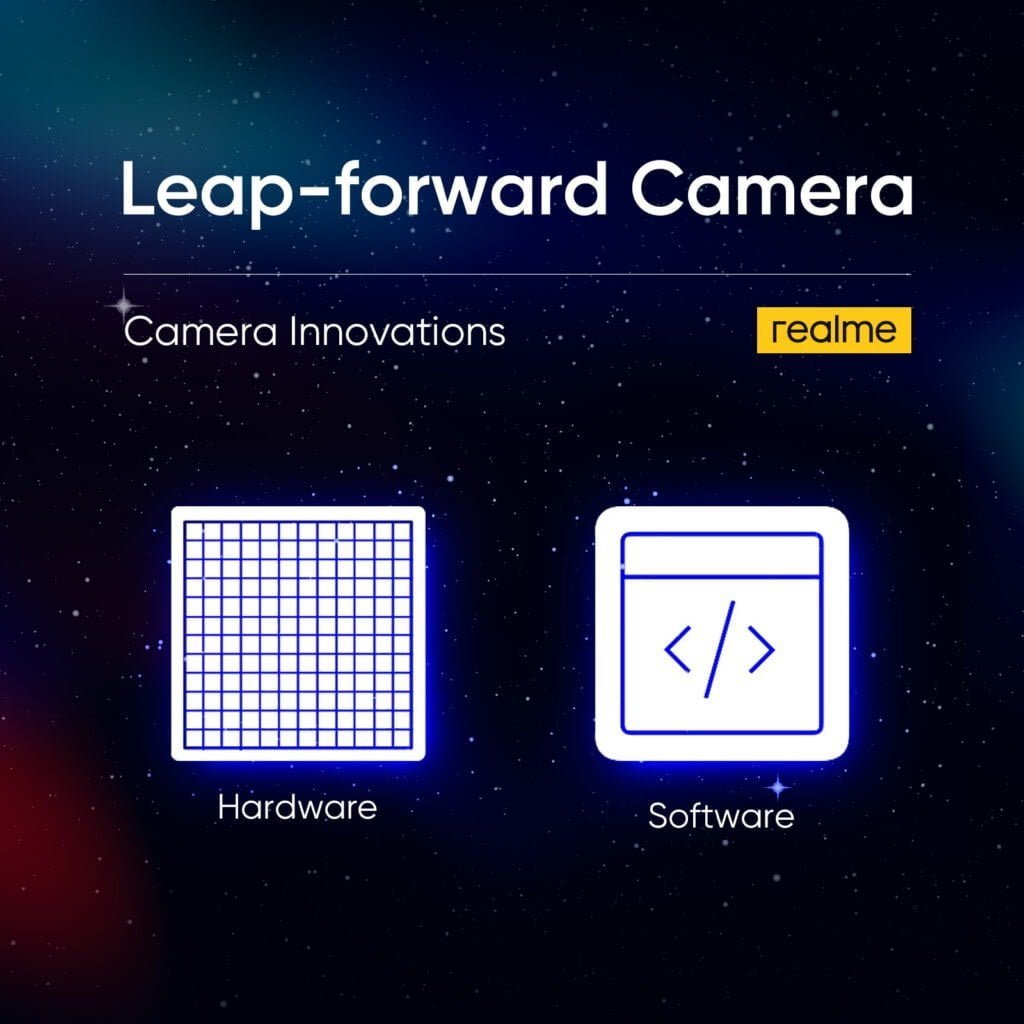
Based on the advanced 108MP sensor, the camera also provides new ways to optimise the image quality as well as offering exciting new features.
In-sensor zoom, higher clarity
The realme 8 Pro offers higher zoom clarity thanks to the new In-sensor Zoom technology.
In the realme 8 Pro, the camera has a 3x mode which will activate the new In-sensor Zoom. The sensor will only use the 12 megapixels mapped out using the zoom technology to generate an image. The imaging process is faster because of the smaller size of the 12MP photo, enabling the realme 8 Pro to take eight 12MP photos in a row and then input them into the clarity enhancement algorithm to further increase the image clarity.

Once processed, the sharpness of the 3x photo produced by the realme 8 Pro is better than some optical telephoto lenses.
New Starry Mode with time-lapse video
To build on the current Starry Mode capabilities, realme has also launched the world’s first Starry time-lapse video. Starry time-lapse videos are usually created by taking multiple clips via professional cameras and then synthesising and combining these clips using a video editing software on a computer. Starry time-lapse video was facing a challenge in terms of the performance needed to handle the synthesis of the photos – a challenge realme has overcome
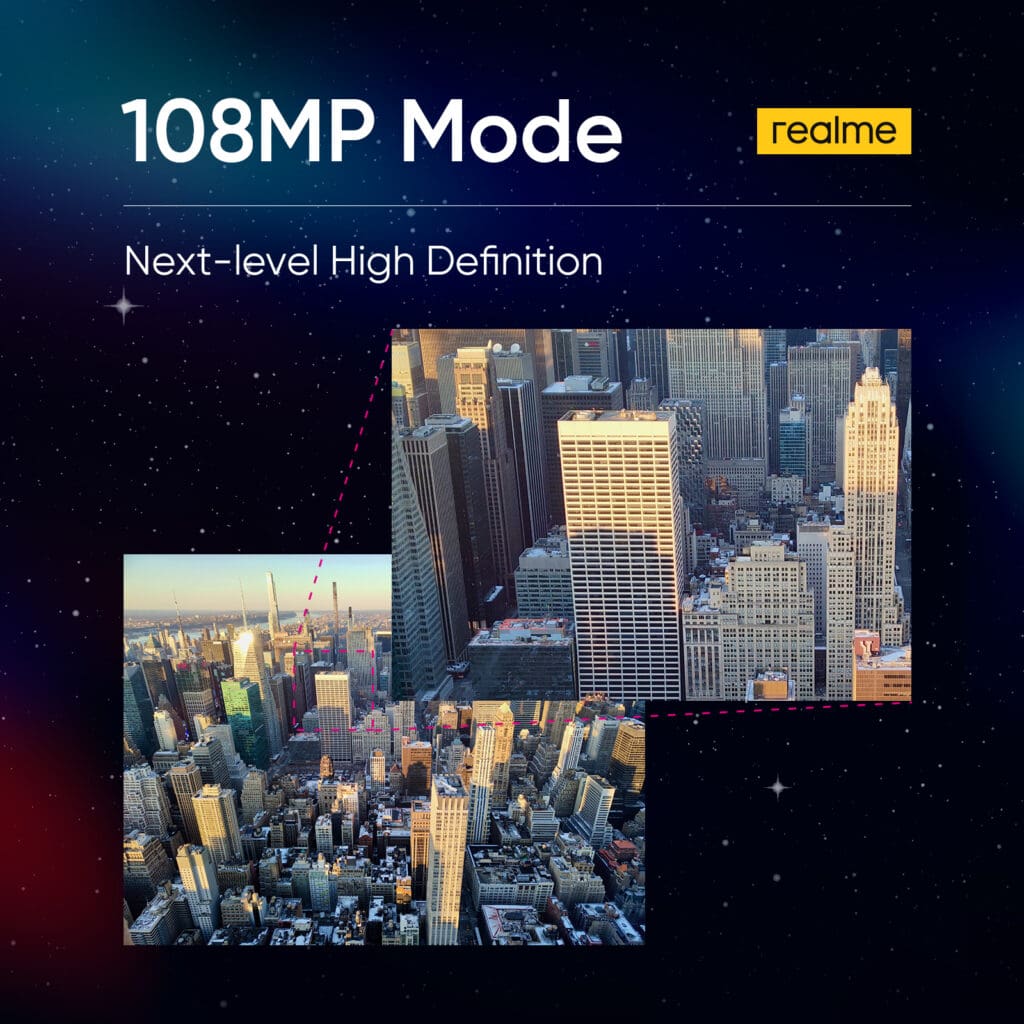
realme have developed an exclusive time-lapse video algorithm based on starry photos. It will take 480 seconds to shoot 30 photos and will then generate a 1 second time-lapse video, which means the time-lapse mode can show the changing universe at 480 times faster speed.
Tilt-shift photography, miniature world
Tilt-shift photography is achieved with the help of expensive tilt-shift lenses, which make only a part of the photo appear clear and keep all other parts out of focus to create a sense of a miniature world. With realme’s new tilt-shift photography algorithm, the realme 8 series can take tilt-shift photos as well as 10x faster tilt-shift time-lapse video, presenting the world in a fantastic and unique way. The realme 8 Pro is also the world’s first smartphone that features tilt-shift time-lapse video.
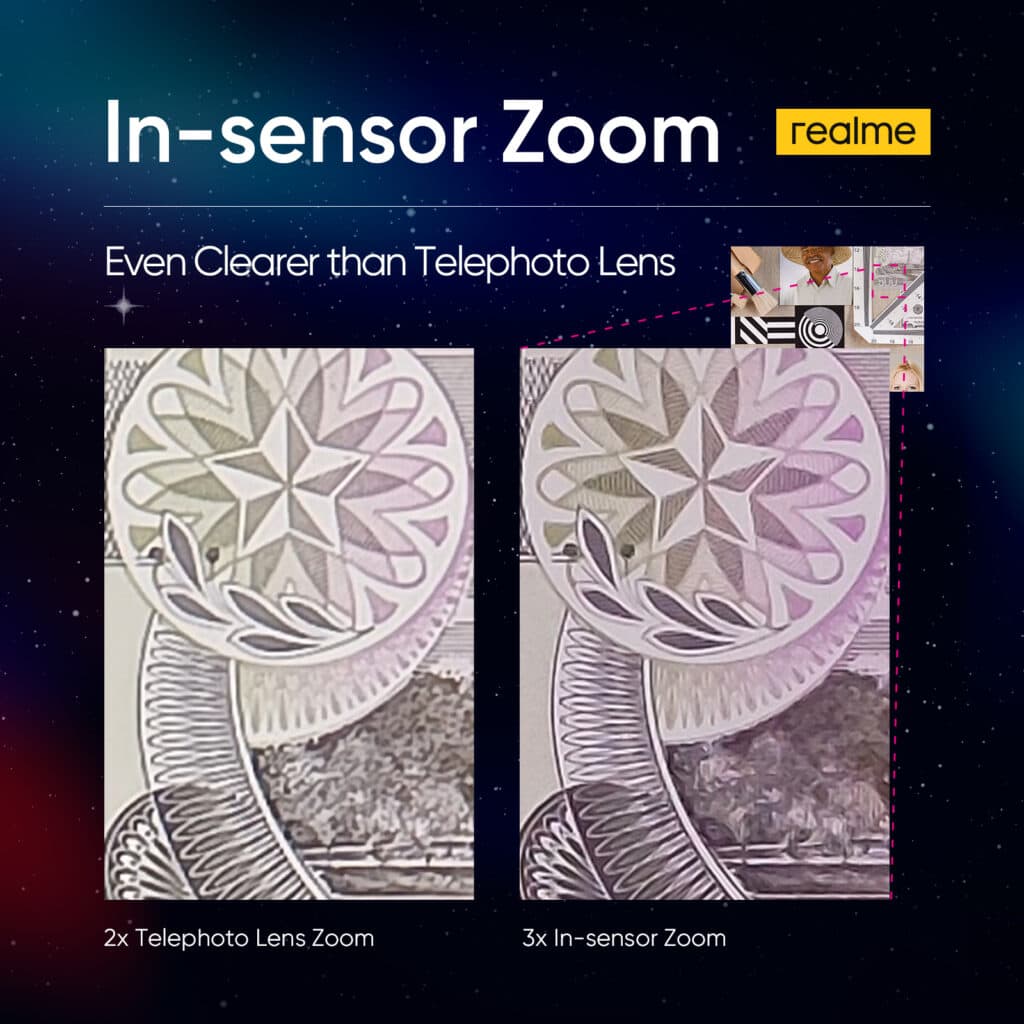
The realme 8 series also provides adjustment options in the tilt-shift mode, such as the shape, angle, position and size of the bokeh effect and even the transition effect between the bokeh area and the clear area. Photography lovers can conveniently choose and customise the bokeh effect to best suit the scene.
New portrait filters, portraits never get bored
Most smartphones take portrait shots featuring a standard bokeh effect in the background. However, as a trendsetting technology brand, realme has added extra features to the portrait photography mode. The realme 8 series, boasts three iconic filters: Neon Portrait; Dynamic Bokeh Portrait; and AI Colour Portrait, to make every portrait trendier.
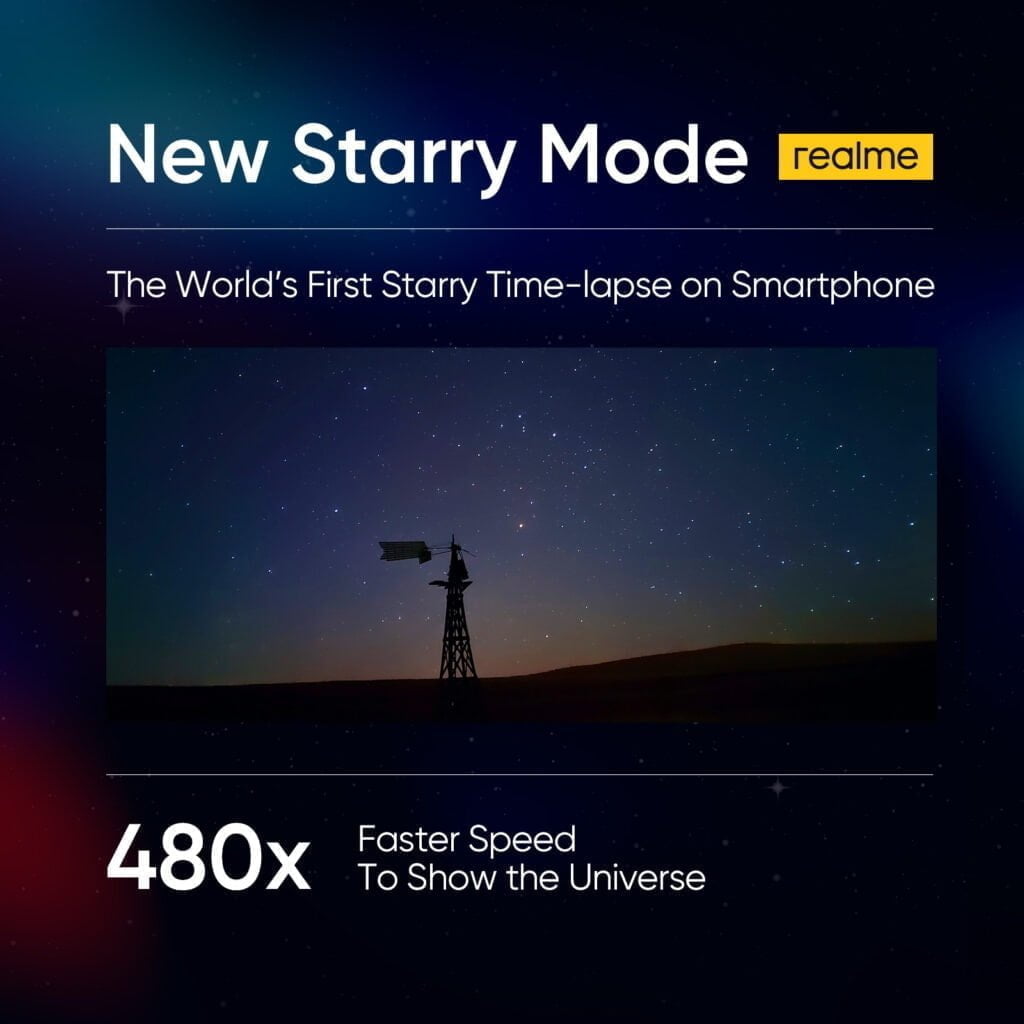
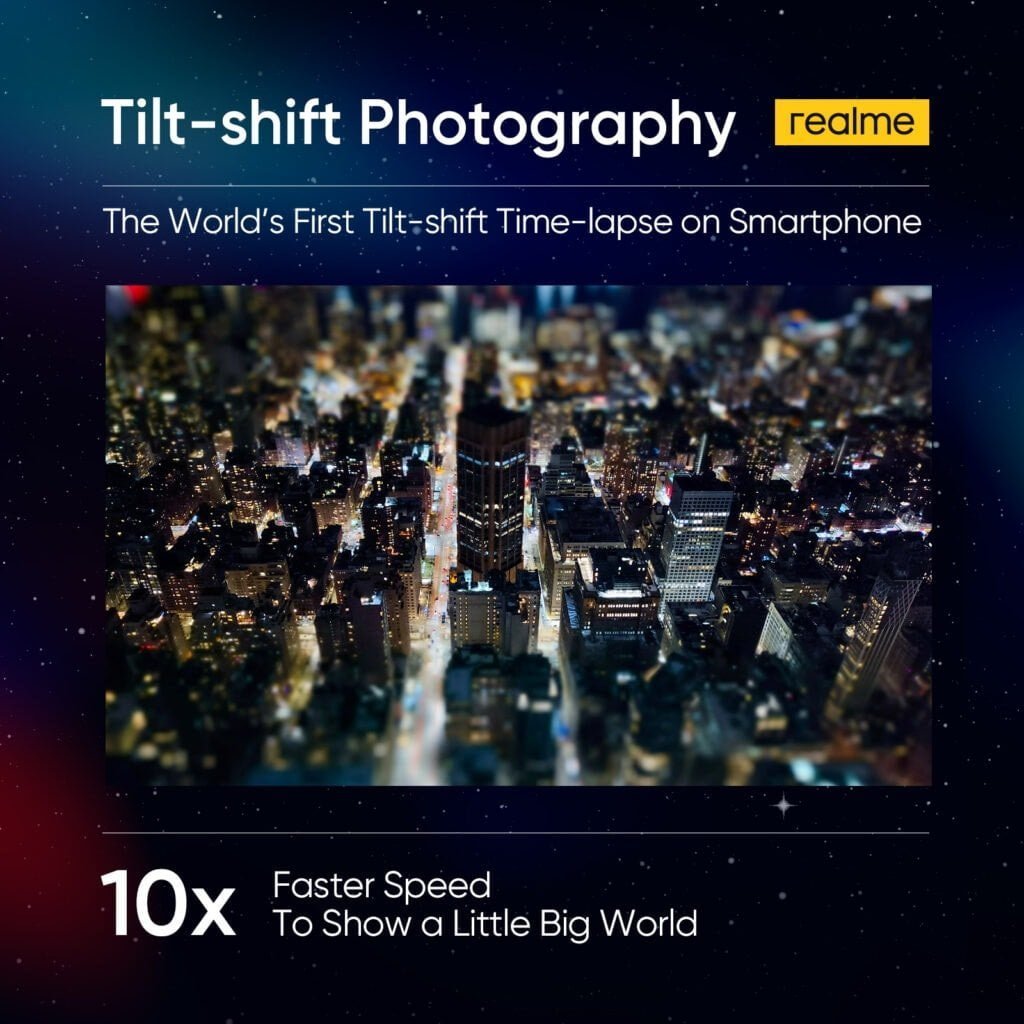
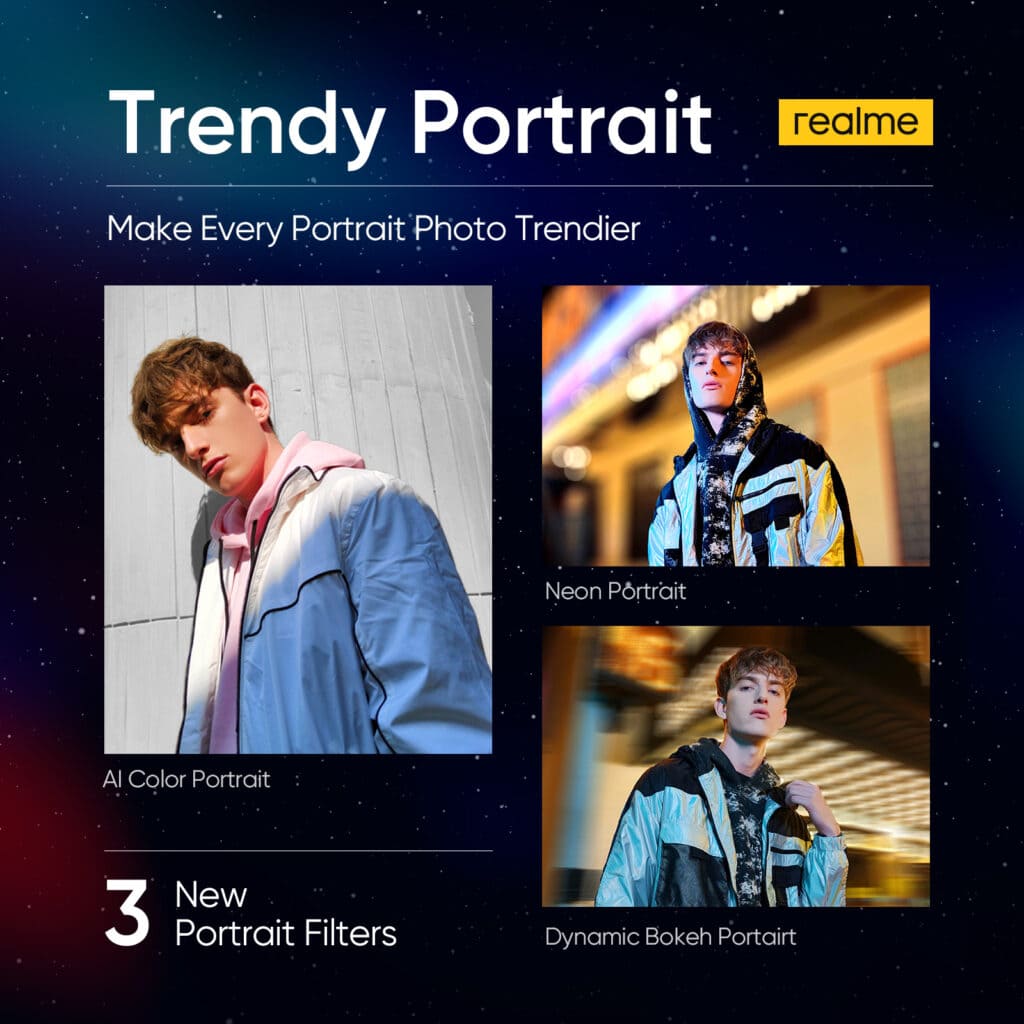
Focusing on camera, a new era of number series
As the star series of the realme smartphone portfolio, realme’s number Series will focus on trend- setting camera technology, providing photography lovers with the most innovative cameras specs, creating new trends in photography and providing a leap-forward camera experience to young users.
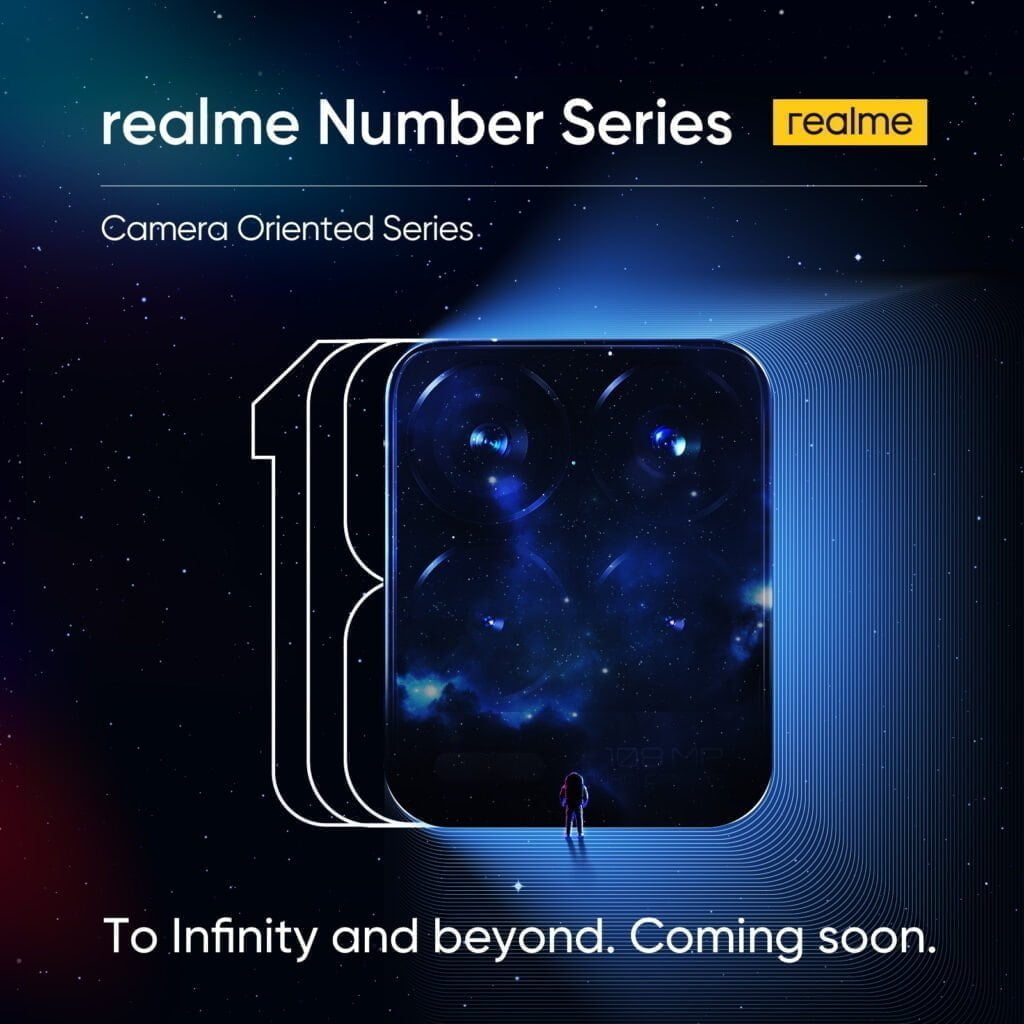
The 108MP camera and the new trendsetting photography features will soon be available on the upcoming realme 8 series, stay tuned for the launch event!
Posted by Mighty Gadget Blog: UK Technology News and Reviews